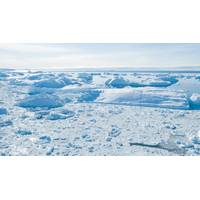
Artificial Submarine Curtains Won’t Save West Antarctica’s Retreating Glaciers
Some researchers have recently proposed the construction of artificial structures – submarine curtains or walls – to stop the warming ocean from getting to the most rapidly melting glaciers in West Antarctica.If effective, these interventions could save trillions of dollars in avoided coastal impacts.But such a large-scale operation in one of the most inaccessible places on Earth is estimated to cost US$50 billion–100 billion to build and another US$1 billion a year to maintain. It could also have negative impacts on the rest of the ice sheet and marine life in the Southern Ocean.
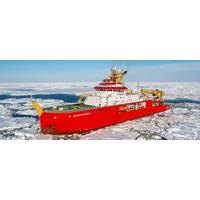
RRS Sir David Attenborough Begins Research Mission in the Southern Ocean
polar research vessel RRS Sir David Attenborough are headed to the Weddell Sea to investigate how carbon dioxide moves and transforms in the Southern Ocean.The ship departed Tuesday from Punta Arenas, Chile for the 30-day scientific expedition.As the carbon in the seawater rises to the surface near Antarctica, it interacts with the atmosphere, ice, and microscopic plants and animals, called phytoplankton and zooplankton, near the ocean surface, before descending to the ocean depths. By understanding more about this process, the researchers hope to improve models that make predictions about our future
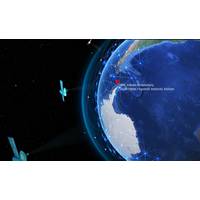
Canada and Spain Scientists Establish Antarctic Ocean Observatory
Antarctic Peninsula. It is also carrying two ONC deep-sea Argo floats that will be deployed during transit in the Drake Passage in the Southern Ocean.The Hespérides, which departed Barcelona last fall, is scheduled to depart the Argentina port at Ushuaia this week and reach BAE Juan Carlos I in Antarctica later this month.ONC President and Chief Executive Officer Kate Moran says this partnership marks a tremendous milestone in polar scientific collaboration.“Ocean Networks Canada has been monitoring Arctic conditions since 2012 through its network of Indigenous community-led and remote coastal
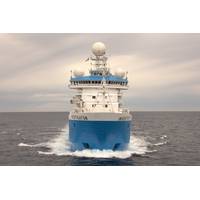
Australian Research Vessel Heads South to Study Clouds
redistribution of heat, carbon and nutrients across the globe. Co-Chief Scientist Dr Annie Foppert from the Australian Antarctic Program Partnership at the University of Tasmania said the meltwater from the Antarctic Ice sheet is reducing the amount of dense water sinking to the deep ocean around Antarctica, slowing ocean currents that control climate.Data collected on the voyage will be compared to earlier measurements to track how the Southern Ocean is changing and what it means for climate and sea level rise.“To track these changes in the deep ocean, we will deploy a dozen deep-diving robots
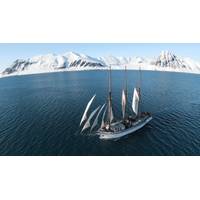
Scientists to Study the Arctic in a Wooden Schooner
;About Jim McNeillAn environmental scientist to begin with, Jim McNeill had a career in the Army, Commerce, Fire & Rescue and the Royal Household, before pursuing his passion for polar exploration. A veteran of more than 38 years of polar exploration and expeditions, Jim has led expeditions to Antarctica, High Arctic Canada, Svalbard, and Baffin Island among many others.Jim established the Ice Warrior Project in 2001 which has since trained over 450 individuals from diverse backgrounds to become competent and safe modern-day explorers. So far, they have undertaken seven major expeditions that have
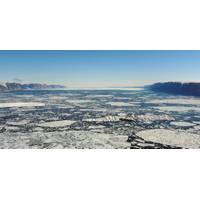
To Predict Future Sea Level Rise, We Need Accurate Maps of the World’s Most Remote Fjords
, colleagues and I have showed that the shape of the seafloor is one of the key pieces of that puzzle.To understand why the seabed is so important, we have to look at the glaciers themselves and what is causing them to retreat or even disappear. The large glaciers that meet the ocean in Greenland and Antarctica balance their mass over time largely in pace with the climate. When it snows or rains they accumulate ice, and they lose ice to melting and calving – the process where chunks of ice break off and eventually melt away into the sea.But over the past few decades they are losing mass at an accelerated

Record Low Antarctic Sea Ice is Another Alarming Sign the Ocean’s Role as Climate Regulator is Changing
when, how fast and how it will unspool. Ocean heating is not so much a canary in a coal mine but a thrashing shark we’ve inadvertently (at least initially) hauled up into our fishing boat.A bonfire of recordsA drop in the area covered by sea ice, both in the Arctic and more recently also in Antarctica, is one of the latest record-breaking changes. These floating expanses of frozen seawater are central to how our world works. They regulate how much light our planet reflects, help ventilate the oceans, and host important ecosystems in the form of algal meadows on their underside.But now, due to
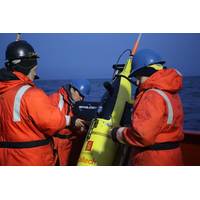
Scientists Find Rare Window Where Carbon Sinks Quickly Into the Deep Ocean
Looking out across the Southern Ocean near Antarctica, I can see whales and seabirds diving in and out of the water as they feed on sea life in the lower levels of the food web. At the base of this food web are tiny phytoplankton – algae that grow at the ocean surface, taking up carbon from the atmosphere through photosynthesis, just as plants on land do.Because of their small size, phytoplankton are at the mercy of the ocean’s swirling motions. They are also so abundant that the green swirls are often visible from space.Typically, phytoplankton remain near the surface of the ocean. Some
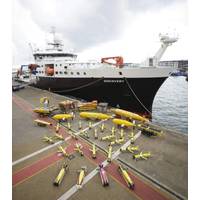
NOC Scheduled for 31 Science Expeditions in 2023
in the Pacific, and a research mission to Norway to study the role nitrogen plays in Arctic biogeochemistry.Previous expeditions include the DY158 expedition which took place earlier this year and circumnavigated the A76a megaberg and last year where the team sailed out to the Thwaites Glacier in Antarctica with renowned autonomous underwater vehicle, Boaty McBoatface.The DY158 expedition to the Southern Ocean with British Antarctic Survey (BAS), saw the NOC supply 22 NOC crew plus 6 NOC technicians to provide underwater sensor technology and facilitate data gathering, whilst BAS provided the scientific



 February 2024
February 2024





